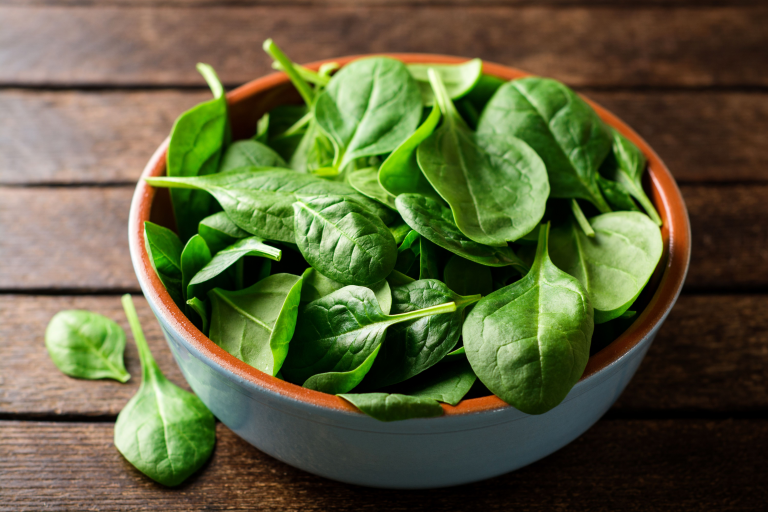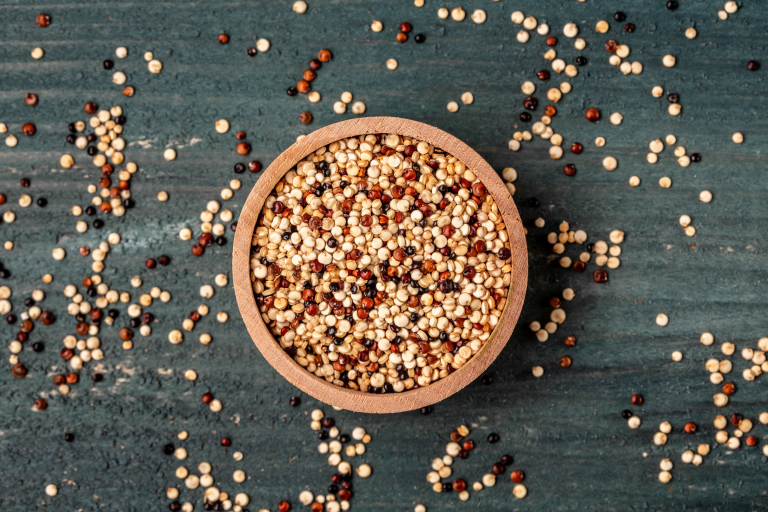10 High Fibre Grains to Include in Your Diet
In the pursuit of a healthier lifestyle, incorporating high fibre grains into your diet is a strategic step toward achieving optimal nutrition. Fibre plays a pivotal role in digestion, satiety, and overall gut health. Let’s explore ten remarkable high fibre grains, highlighting their fibre content, caloric value, and the array of benefits they offer.
Quinoa
Fibre Content: 4-6 grams per cooked cup
Calories: Approximately 222 calories per cooked cup
Quinoa stands out as a complete protein and an excellent source of fibre. Its notable fibre content aids in blood sugar regulation and supports a healthy digestive system. Being gluten-free, quinoa is a nutritional powerhouse offering a plethora of vitamins and minerals, including magnesium, iron, and zinc. Additionally, its versatility allows it to be used in salads, bowls, and as a side dish.
Barley
Fibre Content: Around 6 grams per cooked cup
Calories: Approximately 193 calories per cooked cup
An ancient grain, barley is rich in both soluble and insoluble fibre. Its high fibre content helps lower cholesterol and promotes gut health. The nutty flavour of barley makes it a versatile addition to soups, salads, or standalone dishes. Barley is also a good source of essential nutrients like manganese, selenium, and B vitamins, making it a robust grain for enhancing overall health.
Bulgur
Fibre Content: Roughly 8 grams per cooked cup
Calories: About 151 calories per cooked cup
Made from cracked wheat, bulgur emerges as a fibre powerhouse. Laden with both insoluble and soluble fibre, it aids in regular bowel movements and sustains a healthy digestive system. Its quick cooking time and pleasant chewy texture make bulgur a convenient choice for fibre-rich meals. It’s often used in Middle Eastern dishes like tabbouleh and pilafs.
Oats
Fibre Content: Varies from 4-8 grams per cooked cup
Calories: Approximately 150 calories per cooked cup
Oats, a breakfast staple, boast high fibre content, particularly beta-glucan, a soluble fibre renowned for its heart-healthy benefits. Known to lower cholesterol and provide lasting satiety, oats serve as an ideal choice for those seeking increased fibre intake. Oats can be enjoyed in various forms, from oatmeal and overnight oats to granola and baking recipes.
Brown Rice
Fibre Content: Around 3.5 grams per cooked cup
Calories: Roughly 216 calories per cooked cup
A healthier alternative to white rice, brown rice is a notable source of fibre. While its fibre content may be slightly lower compared to others on this list, it still contributes to better digestion and stabilizing blood sugar levels. Brown rice is also rich in essential minerals like magnesium and phosphorus. It can be used in stir-fries, grain bowls, and as a base for many dishes.
Farro
Fibre Content: Approximately 8 grams per cooked cup
Calories: About 220 calories per cooked cup
Farro, an ancient grain with a nutty flavour and chewy texture, is brimming with fibre. This nutrient-dense grain aids in digestion and offers a substantial amount of antioxidants and nutrients like magnesium and zinc. Farro is often used in salads, soups, and as a hearty side dish, adding both texture and nutrition to meals.
Amaranth
Fibre Content: Roughly 5 grams per cooked cup
Calories: Around 251 calories per cooked cup
Amaranth, a gluten-free grain, packs a punch with its fibre content. Besides fibre, it contains lysine, an essential amino acid, and boasts anti-inflammatory properties. Amaranth is also high in protein, making it a great addition to a plant-based diet. It can be used in porridge, baked goods, and as a thickener for soups and stews.
Millet
Fibre Content: Varies from 1-2 grams per cooked cup
Calories: Approximately 207 calories per cooked cup
While millet‘s fibre content may be comparatively lower, it still contributes to a fibre-rich diet. This gluten-free grain is rich in antioxidants and offers a mild, slightly nutty flavour, making it a versatile addition to various dishes. Millet can be used in porridge, pilafs, and as a base for salads and grain bowls.
Sorghum
Fibre Content: Around 8 grams per cooked cup
Calories: Roughly 220-240 calories per cooked cup
Sorghum, with its impressive fibre content, is also a good source of protein and antioxidants. Its versatility in cooking and ability to support digestive health make it a valuable addition to meals for those seeking a fibre boost. Sorghum can be used in porridge, baked goods, and as a base for salads and grain bowls.
Wheat Berries
Fibre Content: Approximately 6 grams per cooked cup
Calories: About 300 calories per cooked cup
Wheat berries, the whole kernel of wheat, boast a substantial fibre content. They offer a chewy texture and a nutty flavour, along with a range of essential nutrients, including magnesium, phosphorus, and B vitamins. Wheat berries can be used in salads, soups, and as a hearty side dish.
Conclusion
Incorporating high fibre grains into your diet is a practical and effective way to enhance your overall health. These grains not only provide essential nutrients and support digestive health but also add variety and texture to your meals. From the complete protein of quinoa to the heart-healthy beta-glucan in oats, each grain offers unique benefits that contribute to a balanced diet.
By integrating these grains into your daily meals—whether through salads, breakfasts, side dishes, baking, or soups—you can enjoy their numerous health advantages while savouring their distinct flavours and textures. Embrace the power of high fibre grains and take a step towards a healthier, more fulfilling lifestyle.








